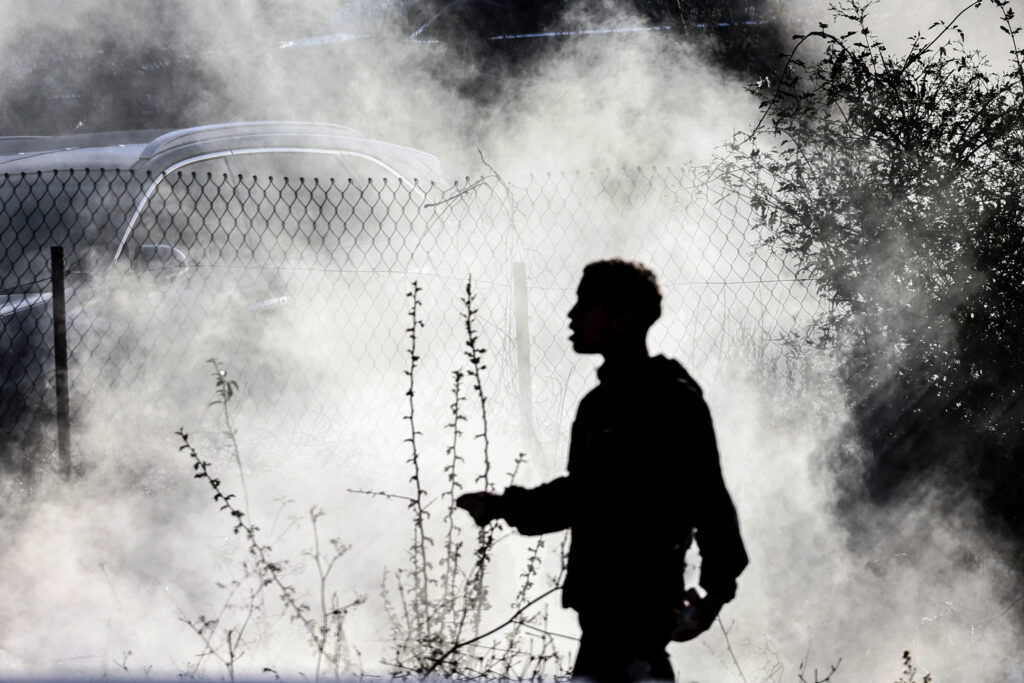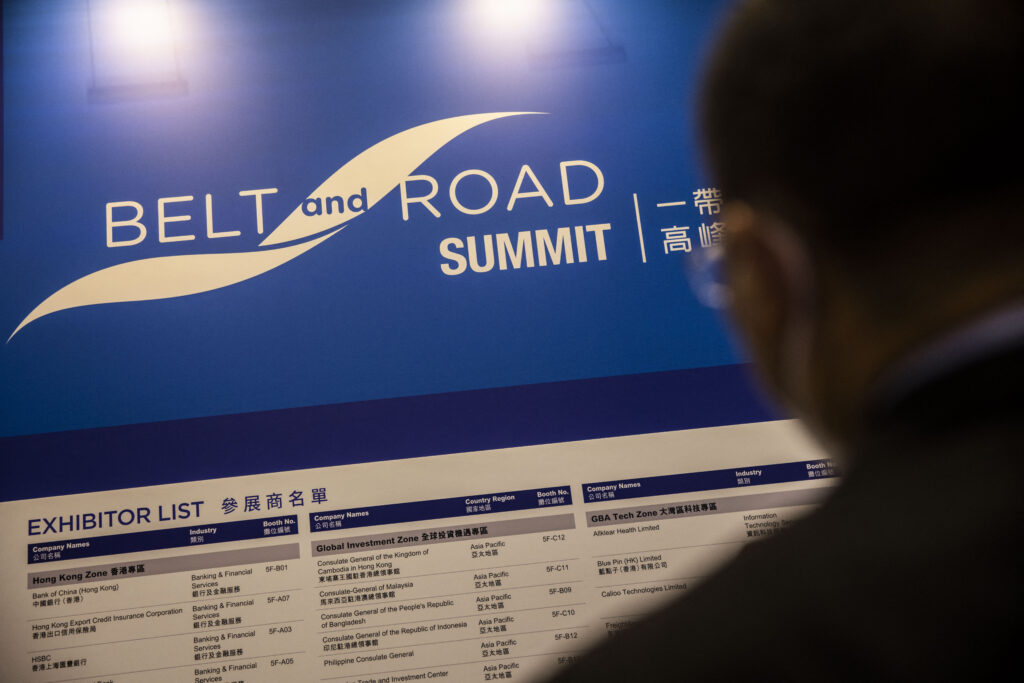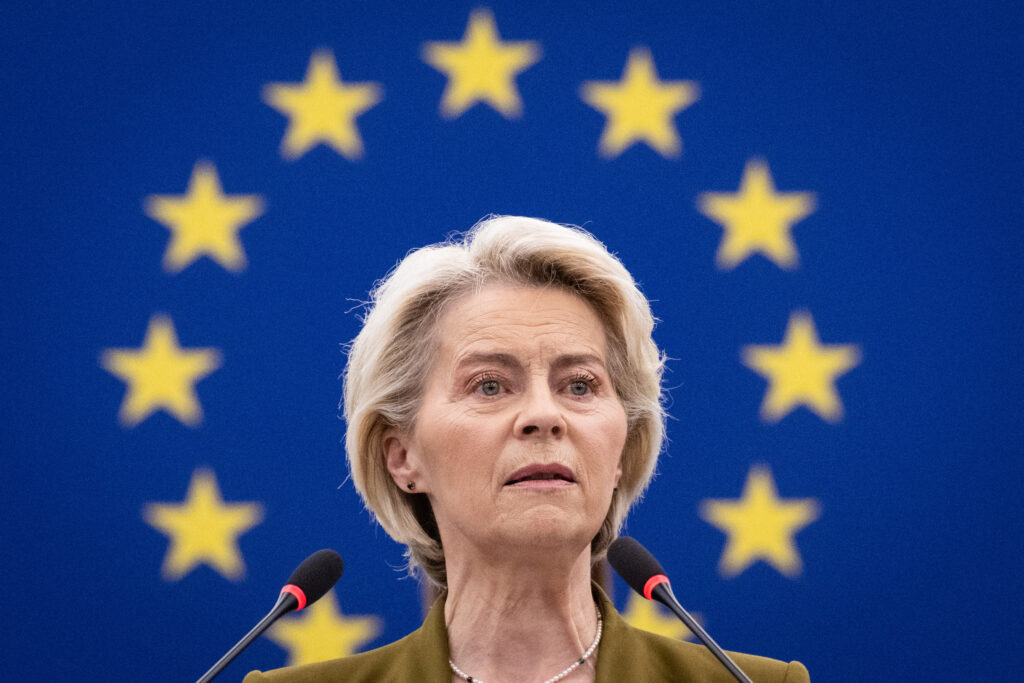By Mary Ann Tetreault
About 25 minutes out from Salmiya, a ferry passenger headed for Failaka Island can see a thin, sand-colored, wavering line on the horizon. At her back is the contemporary skyline of Kuwait City, a living example of the Gulf’s flourishing modern architecture made possible by oil revenues. But the ferry travels through time as well as space. As the city recedes into the distance, the low buildings familiar from the many iconic photographs of Kuwait before the oil boom grow larger. They welcome visitors to a quiet, slow-moving village where even the small collection of services for tourists is more likely to make one think of the 1950s than the 2000s. Gently easing into Failaka’s version of the not-so-distant past, the passenger can begin to prepare for a longer journey through time, all the way back to the Bronze Age.
Failaka was founded in the third millennium BC and constituted an important stop on the sea-lane connection between Mesopotamia and the Indus Valley civilizations of Pakistan and India. There is a great deal of evidence locating Failaka in the Dilmun civilization’s trading system centered on Bahrain. Cuneiform texts found on Failaka identify it as the land of Anzak, one of Dilmun’s gods. Many of the artifacts found in the digs excavating Failaka’s early history also tie it to Dilmun, especially the wealth of stamp seals similar to those made and used by the Dilmun culture. Other seals are linked to Mesopotamian culture and seem to show that Failaka was gradually drawn toward the civilization based in Antioch. Stamp seals are circular, with a bossed reverse pattern consisting of one line or, more usually, three or four parallel lines with two circles on the side. Obverses feature intricate carvings, some with plants and animals. Although some scholars believe that the seals’ impressions served as the signatures of their owners, they have been found in several different settings, prompting consideration of other purposes they might have served.
Although the Failaka we see today reminds us of those evocative photos of pre-oil Kuwait, it is not representative of pre-Kuwait Failaka. Indeed, the traces left by earlier settlements on Failaka testify to a diversified economy based on fertile land and agriculture as well as the fishing and pearling that occupied the men residing in many other seaside communities in the Gulf. The fertility of these early settlements left their mark in ancient literature. For example, there is still debate over whether Failaka is what remains of the Garden of Eden described in the Babylonian epic of Gilgamesh.
Failaka’s special connection to early deities continued into the era of the Greeks. It is reputed to have been the refuge of the fourth-century BCE Greek traveler Sotelos and his companions, who were saved from sinking by this island refuge and who left an engraved stela dedicated to Zeus and Artemis, the Greek goddess of the moon and patron of hunting. On his way back from India, Alexander the Great sent soldiers to settle on Failaka under the leadership of his general, Nearchus, to secure the trade routes Alexander had just opened with central Asia. Alexander called the island Ikaros. It was described by contemporary explorers as rich in vegetation and wild animals that the island’s inhabitants sacrificed to their local goddess.
Archaeological exploration of Failaka began in 1958, carried out by a Danish delegation from Moesgaard Museum in Aarhus. Archaeologists from other countries, such as Jordan, Saudi Arabia, the UAE, Greece, and Britain, augmented the team. Together they uncovered the remnants of a temple to Artemis along with Greek coins and idols, a citadel, a building likely to have been used for administration, and the remains of what is thought to be a ceremonial gate. The excavations in this area are extensive and elaborate. As successive investigations are initiated, they appear to link up into a line of settlements occupied over at least four millennia by people from different cultures. For example, near the temple is a Christian church, possibly Nestorian. French archaeologists have begun to uncover another church, where one already can see the outline of the nave and indications of side altars, and a Slovak team is working on a second church nearby. Italians are searching for the remnants of an ancient port. Georgians have begun to investigate Islamic sites. Polish archaeologists are working on two sites on Failaka and another on the mainland site of Subbiya.
The multinational character of the investigators mirrors the multicultural population of Failaka, which, according to the Kuwaiti supervisor of the excavations, Director of the Department of Archaeology and Museums in the National Council for Culture, Arts, and Letters Shihab Shihab, resembled other past civilizations of the sea. . . [which], in general, were peaceful. . . . [P]ast civilizations that lived inland, away from the sea, were violent. . . . This is because inland civilizations knew themselves and nothing about the other people around the world. They were isolated and were very aggressive about their privacy. However, sea or coastal civilizations have always dealt with other cultures and different types of people.1 Perhaps in consequence, the largest structures on Failaka are temples and churches rather than fortifications, and the most ubiquitous are homes.
The relationship between Failaka and Kuwait also is surprising. The village of Az Zawr, situated on the northwest side of Failaka, was the longest continuously inhabited location in what is now Kuwait. Based on currently available evidence, the mainland location of Kuwait City was settled in the early eighteenth century, some say by migrants from Failaka. Stories depicting early Kuwait note its lack of fresh water while, until about a hundred years ago, Failaka had ample fresh water to support its agriculture. The water now is severely depleted thanks to the demands of the modern city across the bay that shares Failaka’s water table.
Failaka and other small islands in its vicinity, along with the mainland site Subbiya, are rich repositories of treasures left behind by the many peoples who lived, worked, and traded on the shores of the Gulf. Unfortunately, they have been under assault for more than two decades. Iraqi forces occupied Failaka during the second Gulf war, and they took or destroyed the most impressive artifacts from the Greek temple and mined the area so that it was not accessible to scientists for some years after liberation. The ravaged houses on the island were used for target practice by Kuwaiti armed forces, and Kuwaiti civilians were forbidden to go there. Today there are few full-time residents although the climate on Failaka is more salubrious than in Kuwait City, even in the summer. In recent years, a heritage village has been constructed on the island. It features a hotel built in the pattern of traditional houses, a small collection of artisans who produce goods for sale, and tourist attractions ranging from camel rides to a small museum. It is enough to attract short-term visitors but not so much as to disrupt the quiet or impinge on the archaeological investigations. Tourists who wish to visit the archaeological sites, which are protected by cyclone fencing and a guarded gate, must obtain permission from the Kuwait National Museum prior to their arrival on the island.
It is Failaka’s backwater character that protects these sites from the wear and tear inflicted by casual tourists likely to pick up artifacts and leave behind trash. Up to now, Subbiya has been protected by its distance from the city and the lack of tourist attractions there. But the mainland site is currently under attack. As part of Kuwait’s development plan, a bridge is being constructed to link a new city, Subbiya, to be built on the site, to Doha, the remains of a small village of dhow-builders where U.S. troops are now quartered. Doha lies between the city and Jahra, the settlement where Kuwaitis defeated tribal marauders from Saudi Arabia in 1920. Derek Kennet, one of the archaeologists excavating at Subbiya, suggested that creating awareness of Subbiya’s thriving past not only could contribute to developing a touristic aspect to the city, but could also help create identification with the area that was so successfully inhabited by Kuwait’s ancient population.2
Failaka’s future may be better protected than that of Subbiya. A study released in 2008 concluded that a bridge connecting Failaka to the mainland would not be a good idea. According to the Kuwait Times, Municipal Council member Khalifa al-Kharafi said that the study showed that the construction of such a bridge would face a number of engineering and technical obstacles, as well as causing environmental damage. The study warned that the project could have an adverse effect on the island itself, since vehicle access would greatly increase the number of visitors and damage the island’s unique ecosystem. For this reason, the study concluded that maintaining the current system whereby Failaka Island is only accessible by ferry or private boat would help to protect it there from environmental damage and pollution.3
An unexpected assist to preservationists comes from efforts by a list of international corporations starting with ExxonMobil and Saudi Aramco to highlight the archaeological history of the Arabian Peninsula. Roads of Arabia is an impressive and often beguiling exhibit of artifacts found along the routes of the ancient trade in frankincense and myrhh. It shows their transformation from a network along which goods and ideas flowed between the Peninsula to Mesopotamia and the Hellenistic world in ancient times to pilgrimage routes to Mecca after the rise of Islam. By connecting the value of knowledge of the distant past to contemporary religious concerns, the exhibit offers another set of arguments for taking a serious view of historic preservation in the region. Roads of Arabia has generated great interest in Europe and now is on view at the Sackler Gallery in Washington, D.C., where it offers an unaccustomed picture of a part of the world that seldom is seen as an integral and highly important element of Western civilization.
Shihab Shihab has been urging UNESCO to name five sites on Failaka World Heritage Sites. He hopes that this will be enough to stem the demands of some well-connected Kuwaitis to exploit the island for commercial purposes. Given what Failaka has already revealed about the cosmopolitan ancient societies of the Gulf, one can only hope that his campaign will meet with success. But he has a strong opponent in the emir of Kuwait, who announced only last week that the touristic development of Failaka would be going forward as part of the state’s long-delayed development plan. The struggle over the future of the past in Kuwait continues.
Mary Ann Tetreault is the Cox Distinguished Professor of International Affairs Emerita at Trinity University, San Antonio, Texas. She writes frequently about Kuwaiti politics.
1 Personal interview, April 2010, Failaka Island. See also Nihal Sharaf, Archaeology: An Arduous Journey, Arab Times On Line, n.d. Available at http://www.arabtimesonline.com/RSS/tabid/69/smid/414/ArticleID/153602/Default.aspx.
2 See American University of Kuwait, Center for Gulf Studies, Building Kuwait’s Second City: Part I, The Social and Cultural Implications, December 2011. Available at http://www.auk.edu.kw/cgs/past_events/academic/subbiya_part1_summary_DEC2011.pdf.
3 See http://forum.kuwaitstorm.com/index.php?topic=2875.0;wap2, 20 October 2008.





